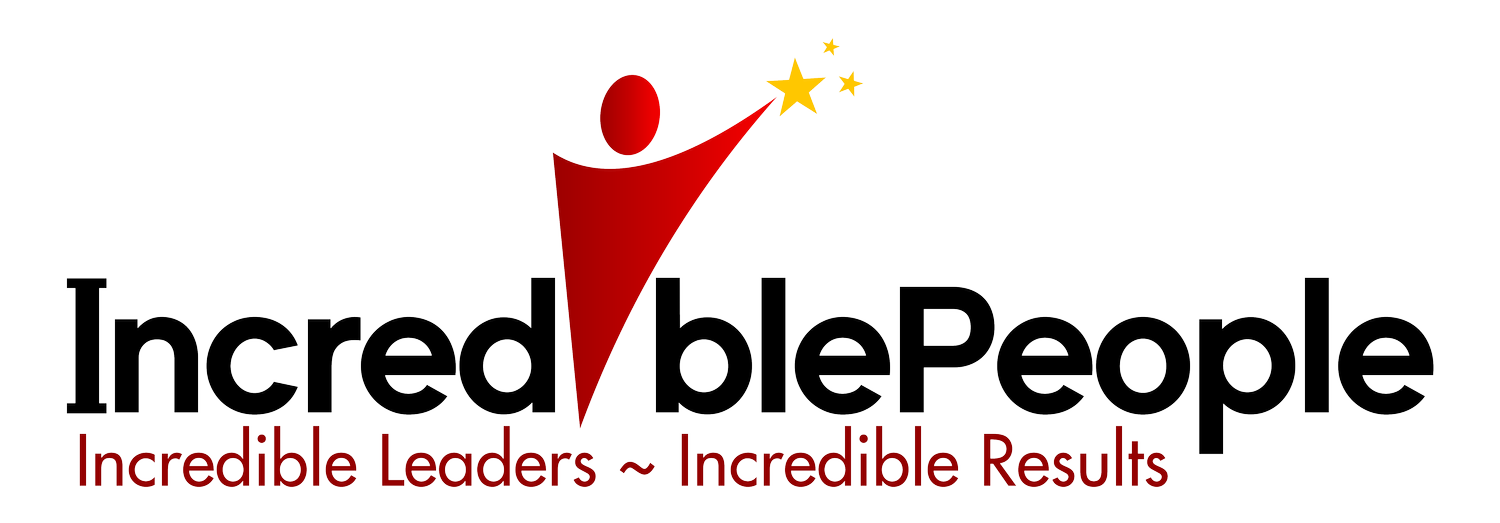The Silent Signals Your Team Gives (and How to Decode Them)
You walk into a meeting, and something feels off.
The usual buzz of conversation is replaced by uncomfortable small talk, and team members’ body language is subdued.
These unspoken, often overlooked - are potent forms of feedback that reveal more about your team’s morale than any formal survey ever could.
The Unspoken Language of Leadership
Silent feedback is the missing link in effective leadership. Research shows nearly 70% of employees leave their jobs because they feel unheard.
Non‑verbal signals such as disengagement, low participation, or subtle resistance can quietly erode trust and productivity if left unaddressed. With average turnover rates hovering around 14%, and over 20% in high‑turnover organisations, decoding these signals early is essential.
A Five‑Step Framework to Decode Silent Feedback
Rather than adding another meeting to your calendar, integrate this simple process into everyday interactions:
Pause
When you sense something is amiss - a dip in energy, terse answers, or lack of eye contact - take a moment to observe your own reaction and the room’s atmosphere without judgement.Clarify
Ask open‑ended questions that invite honesty: “I noticed you’ve been quieter than usual - what’s on your mind?” This approach creates psychological safety and signals that feedback is welcome.Review
Look for recurring themes across multiple interactions. Is disengagement appearing around specific projects? Are certain voices consistently silent? Patterns point to underlying issues.Act
Implement small, targeted changes -adjust meeting structure, clarify expectations, or invite one‑on‑one conversations. Then revisit the situation to measure progress and refine your approach.Reflect
Block out time regularly to reflect on the feedback you have gathered. Recording your observations in a journal enables you to identify patterns, set goals for improvement and notice when your efforts are having the intended impact.
Here’s some practical scenarios and responses you might be able to relate to and apply.
Scenario #1: Team contribution stalls mid‑meeting.
You notice closed postures, minimal eye contact and long pauses when you ask for input. Rather than pushing harder, acknowledge the tension and shift the approach by saying, "I’m noticing that the energy has dropped—what’s on your mind?" This invites openness, normalises the pause, and creates space for honest input.
Scenario #2: Deadlines consistently slip.
Despite clear instructions, tasks aren’t completed on time and quality suffers. Instead of assuming complacency, schedule a brief one‑on‑one to understand any obstacles, clarify expectations, and explore how to better support their success with a realistic plan. This proactive approach prevents frustration and reinforces accountability.
Scenario #3: Subtle resistance to change.
You roll out a new process, only to notice raised eyebrows, crossed arms or guarded feedback in follow‑up conversations. Rather than dismissing it as inertia, explain the rationale behind the change and invite honest input. Genuinely co‑designing solutions with your team turns resistance into engagement and builds trust.
Scenario #4: Low energy during brainstorming sessions.
When ideas run dry and conversation stalls, it’s a cue that the format isn’t working. Experiment with a different format, such as asking for ideas to be written on sticky notes, reframe the question or introduce a new perspective, like “what’s the boldest idea we haven’t considered?”, or shift the energy by taking a break or making it fun by introducing a “worst idea wins” challenge. By adapting your approach, you demonstrate responsiveness to team needs, and reignite collaboration.
Feedback as Leadership Superfood
Continuous feedback functions like a superfood for leadership, nourishing self-awareness, resilience, and trust. Organisations with strong feedback cultures report up to 37% higher engagement and 23% lower turnover than peers. By noticing silent signals, leaders gain real‑time insights to course‑correct before issues escalate, building a culture where team members feel valued, motivated, and empowered to contribute their best.
Creating Continuous Feedback Loops
Feedback is most effective when it’s continuous. Rather than waiting for a formal review or meeting, establish ongoing mechanisms that allow for real‑time input.
Some effective strategies include:
Ask for Feedback Regularly: Normalise feedback as a two-way process by actively seeking it, not just receiving it passively. Use open-ended questions like, “What’s one thing I could do differently to support you better?” Encourage both formal and informal feedback through one-on-ones, team meetings, and casual conversations.
Create Psychological Safety Rituals: Build an environment where people feel safe to share honest feedback without fear of negative consequences. This means showing appreciation for all feedback, even if it’s difficult to hear, and being willing to demonstrate vulnerability by sharing personal areas for growth.
Use Multiple Feedback Channels: Gather input from various sources, including peers, direct reports, mentors, and stakeholders. Leverage tools like 360-degree feedback and anonymous monthly pulse surveys to pick up on unspoken feedback and potential blind spots.
The Impact on Leadership and Team Culture
Feedback isn’t just about improving performance - although it does. It’s about creating a culture of trust and transparency. When leaders take the time to understand unspoken cues, they can act before small issues balloon into major crises.
This proactive approach not only improves productivity but also reinforces a sense of belonging and trust among team members, reducing turnover and strengthening overall organisational performance.
Learning to interpret the silent language of your team is a critical leadership skill, and every bit of insight counts.
By tuning into the more subtle signals, you can make more informed decisions, build stronger teams, and ultimately create a resilient, high‑performing culture that thrives on continuous feedback.
Ready to turn silent signals into your leadership superfood?
Join our free upcoming 60‑minute workshop, Everything Is Feedback: Discover the Hidden Superfood of Leadership Most Leaders Overlook, on Friday 11 April 2025.
You’ll walk away with practical tools to decode everyday feedback, build self‑awareness and elevate your leadership impact.
For leaders seeking deeper, sustained growth, our one‑to‑one coaching provides personalised guidance and support. on this, and much more. If you’re looking for a flexible leadership development solution, click here to learn more and book a time to discuss tailored coaching options.
